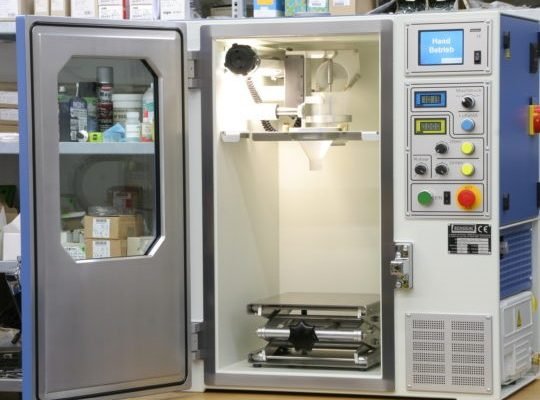For the manufacturing of plastic prototypes, vacuum casting service is a frequently utilised technique. Vacuum casting is not only more cost-effective, but it’s also the best method for producing plastic prototypes on a small to medium size.
Process of Vacuum Casting:
The vacuum casting service process is divided into several steps. Although the total process is labor-intensive, it is still reasonably quick and simple to manage. The following is a stage-by-stage breakdown of the procedure:
1: Creating a master model:
First and foremost, a master model must be made or purchased off the shelf. An industrial part or one manufactured using rapid manufacturing techniques such as 3D printing or CNC machine tools can be used as the master pattern.
2: The mould is made:
After placing the master model inside the casting box, liquid silicone is poured over it and let to cure in the oven. The master mould is then withdrawn from the cured liquid silicone mould, leaving an empty hollow behind.
3: Making the cast replicas:
Now the appropriate resins (or rubber-like polyurethane) are mixed together to guarantee that the mixture has the same qualities as the industrial portion. To create the desired completed mould or product, the substance is poured into the empty cavity. The resin is subsequently cured in a vacuum to remove any trapped air bubbles.
Why is vacuum casting so popular?
1: Quick outcomes:
The vacuum casting method is much faster, and you may have a predetermined quantity of completely functional models in just a few days.
2: Production costs are lower:
Silicone is a comparatively cheaper material and a single mold can be used for multiple prototypes. The Silicone is a less expensive material, and because a single mould can be used for several prototypes. The procedure is more cost effective than other traditional methods.
3: Product quality that is higher:
Vacuum Casting Service provides not only a quick process but also a high-quality product with improved structural characteristics, rigidity, and hardness.
4: Improved product quality:
The mould is made of silicone, and the finished product has a beautiful polish and closely mimics the original pattern. The end product captures even the tiniest of details.
Vacuum Casting Service technique may frequently deliver the same results in less time and without the need for special materials. Vacuum casting, depending on the needs, can frequently be a better alternative when major companies need to fulfil deadlines in a short period of time and only need to test functional and operational prototypes.




